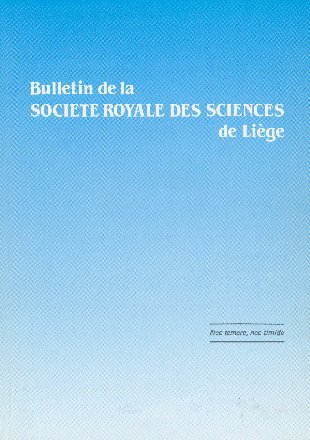- Accueil
- Volume 93 - Année 2024
- No 2 - Proceeedings of the 3rd BINA Workshop on th...
- Understanding the Magnetic Activity of M Dwarfs: Optical and Near-Infrared Spectroscopic Studies
Visualisation(s): 392 (8 ULiège)
Téléchargement(s): 58 (0 ULiège)
Understanding the Magnetic Activity of M Dwarfs: Optical and Near-Infrared Spectroscopic Studies

Document(s) associé(s)
Version PDF originaleAbstract
We present here preliminary results of stellar activities on three active M dwarfs having strong magnetic fields using optical and Near-Infrared (NIR) (0.38 μm − 2.5 μm) spectroscopic observational data using HFOSC on the 2-m HCT and TANSPEC on the 3.6-m DOT. The sample includes new observations of AD Leo, EV Lac, and Stkm2-809 M dwarfs, including published literature values of 89 M dwarfs. To understand the magnetic field activity on those dwarfs, we used the equivalent widths of spectral features Ca IRT triplet (0.850 μm, 0.854 μm, 0.866 μm), which are generally chromospheric and coronal indicators in M dwarfs, and investigate the correlation between those line strengths with Rossby number, which is defined as the ratio of rotation period (Prot) to convective turnover time (τconv). We find a strong correlation between the equivalent widths of Ca IRT b and Ca IRT c and Rossby number (R0). The correlation shows an increasing trend of equivalent widths of those lines with decreasing R0, and saturation of the equivalent widths of those at lower R0 ≤0.1. To estimate R0, we estimate the rotation periods of three observed M dwarfs in our sample from TESS data, and in the case of other M dwarfs, we used the literature values. Interestingly, in TESS light curves of AD Leo, EV Lac, and Stkm2-809 M dwarfs, we find several flare events. We estimated the bolometric flared energy in a range of 1034 to 1037 erg, which is in the superflare range (more than 1032 erg). We estimate the highest flared energy of 1.22 × 1037 erg for EV Lac in TESS sector 57. To produce such kind of high superflare event, we have estimated the required magnetic field strength of 10.53 kG, which will have an impact on the life habitability of planets around such M dwarfs.






